Antique Furniture – Types of Wood
Here is a selection of woods used on antique furniture, below is a comprehensive guide into the woods and history behind each type of timber used throughout the centuries.
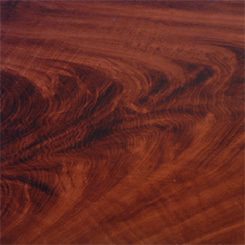
Mahogany
Mahogany is a close grained hardwood, native to South America and the West Indies. It varies in colour from dark brown to red and occasionally has a spotted effect. As the girth of the tree is broad furniture makers were able to use a single cut of wood for a table top. Furniture made from mahogany became very popular in Britain from mid 18 th Century, followed by the rest of Europe.
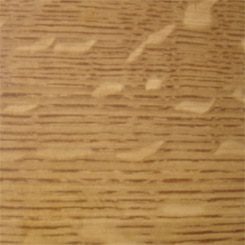 Oak
Oak
Oak is a slow growing tree, taking between 150 – 200 years to reach maturity, there are more than 300 varieties of oak. The wood is hard and pale in colour, but darkens to a rich brown with age and polishing. Furniture made from oak is usually heavy, solid and simple in design. From the mid 17 th Century oak was mainly used for the carcass and drawer linings of furniture. Oak was a popular wood used in the Georgian era and made a revival in late Victorian times.
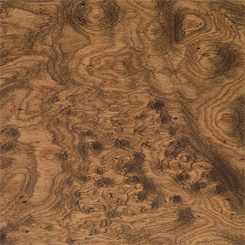 Walnut
Walnut
Walnut is a close grained hard wood, the colour varying between light golden brown and light grey brown, often with a rich grain pattern. Burr Walnut is the term for walnut with knotty whorls in the grain where injuries occurred on the trunk or the roots of the tree. Burr walnut comes from a growth on a tree where the grain has grown in a deformed manner. It is commonly found in the form of a rounded outgrowth on a tree trunk or branch that is filled with small knots from dormant buds. This is a special form of walnut that has a brown background with dark brown streaks, crammed with numerous darker brown knots with circular “eyes”. Burr walnut was first used in the 17th century for decorative veneering, when it’s cut by cabinet makers it forms a beautifully figured veneer used on antique furniture. Native to Southeastern Europe, Central Asia and Western China.
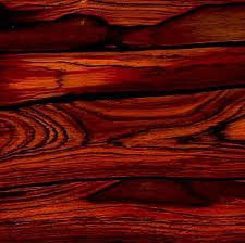 Rosewood
Rosewood
Rosewood is a very dark brown hardwood, with an almost black wavy grain. The name comes from the scent released when the wood is cut. It is used for inlaid decoration and veneer, but was not used for making solid furniture until the early 19th Century. This wood comes in two forms: Indian rosewood and Brazilian rosewood. During the 18th century, Indian rosewood was more commonly used in solid pieces of furniture, while Brazilian rosewood was more favoured in veneer form during the 19th century. For 300 years, trade of rosewood was central to Brazil’s industry, but now the trees are nearing extinction. Timber is also present in other countries in tropical America, Southeast Asia and Madagascar.
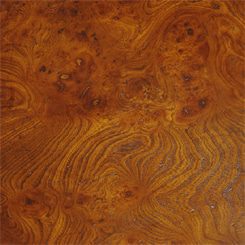 Elm
Elm
Elm is a hard and durable wood. Chairs were made from elm in the Georgian period. It has a particularly attractive grain and polishes well. Elm is found in Central Asia and Indonesia.
 Bird’s–Eye Maple
Bird’s–Eye Maple
Bird’s–Eye Maple was popular for veneers in the Regency period, and was also used in Victorian and Edwardian bedroom suites. The wood is specked and polishes well. The figure is caused by unfavourable growing conditions for the tree. The sugar maple attempts to start numerous new buds to get more sunlight, but with poor growing conditions the new shoots are aborted, and afterwards a number of tiny knots remain. Birds eye maple is frequently sold in veneer form, but solid lumber is available as well. Canada and the United states yield the greatest supply.
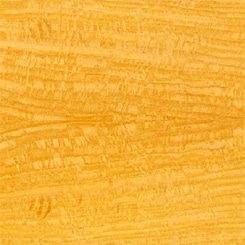 Satinwood
Satinwood
Satinwood is a hard Yellowish close grained wood, native to West India and Sri Lanka. Satinwood became popular in the early 19th Century, It was used for veneers, inlaid decoration and the pale colour made it suitable for painting. It made a revival in the Edwardian era.
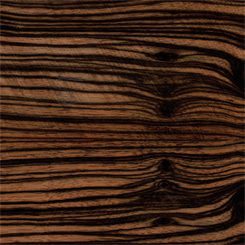 Calamander
Calamander
Calamander or coromandel is hazel brown in colour with black stripes. It is a very heavy and hard wood. Coromandel wood has been logged to extinction over the last 2 to 3 hundred years and is no longer available for new work in any quantity. Furniture in coromandel is so expensive and valuable. Calamander is a member of the ebony family. It was popular in the Regency period and was used for veneers and banding on antique furniture. Native to India and South East Asia.
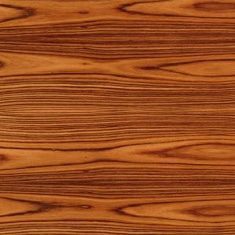 Kingwood
Kingwood
Kingwood is a rich dark purplish streaked hardwood with straight grain. Kingwood is among the densest and probably strongest of all the rosewoods. It was commonly used for veneers and inlays on pieces of antique furniture and was used for parquetry decoration, particularly in France. Kingwood is Native to Brazil and occasionally from Mexico.
 Amboyna
Amboyna
Amboyna is among the most expensive and sought-after of all burls in antique furniture and boxes and is frequently used as veneer. The name is derived from Ambon Island in Indonesia, where much of the figured wood is believed to have been initially exported. Amboyna is commonly seen on fine quality pieces of antique furniture.
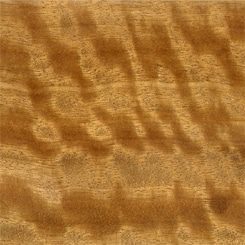 Satin Birch
Satin Birch
Satin birch is a fine grained and light coloured hardwood often used in Victorian pieces of antique furniture. When Victorian cabinet makers used to cut birch on an angle this made a very unusual grain and this grain was known as tiger or zebra stripes, this is how satin birch got it’s name.
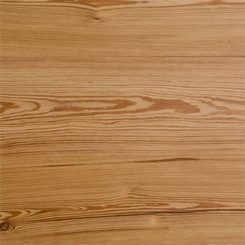 Pitch Pine
Pitch Pine
Pitch pine is a softwood which is orange to reddish brown in colour and and was popular in the Victorian period on country furniture and church fittings. Frequently it grows in multiple or crooked trunks, It is also not very fast growing. Pitch pine is Native to North, Eastern America, Central America and the Caribbean.
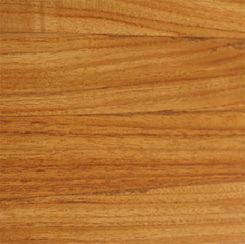 Teak
Teak
Teak was mainly used in Victorian Campaign Furniture and tends to be a golden or medium brown coloured hardwood which usually has straight grain, though it can occasionally be wavy or interlocked. In some instances it may be necessary to wipe the surface of the wood with a solvent prior to polishing to reduce the natural oils on the surface of the wood. Teak can have a leather like scent when freshly cut or machined. Native to southern Asia.
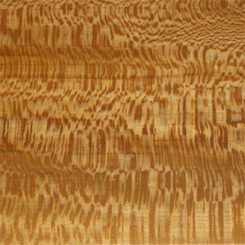 Sycamore
Sycamore
Sycamore is a hard, pale wood with a fine even grain. It is also known as Harewood and was used in veneers in fine Regency Furniture. Sycamore was also used in country furniture like kitchen table tops as it is a durable wood so could be wiped down and used on a regular basis.
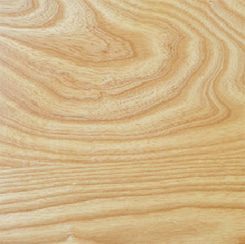 Ash
Ash
Ash is a strong hardwood often used in Georgian and Victorian furniture as it was locally sourced. Ash is usually a lighter shade and can be nicely figured with a straight grain. It was also used as drawer linings in chest of drawers and wardrobes.
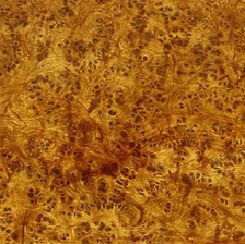 Pollard Oak
Pollard Oak
Pollard Oak is formed from growths on the side of tree trunks caused by fungus. Pollard Oak was very difficult to cut and lay by hand so it wasn’t until the introduction of Victorian Machines when this wood was used more frequently on antique furniture.
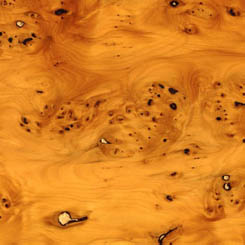 Yew
Yew
Yew is one of the hardest and most durable of the soft woods. 18th Century Cabinet makers used to cut the Yew timber to form unique grain figuring for example on Windsor chair seats and table tops. Yew is a warm golden colour and the best examples came from trees growing in mountain areas.

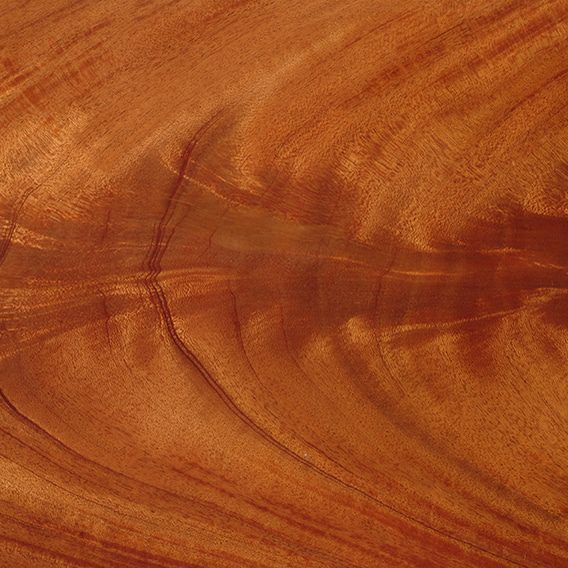
29 Comments. Leave new
Hello
Am a bit stuck
I have been given a love seat – very old – that seats two people
With a light sanding the dark brown finish that was on it has come off easily
The actual wood is a pale blonde and is quite soft (easy to sand) and very light to lift
Not sure if the design is Edwardian, but tiny copper like nails (about 4mm) pinned the braid to the material
Help! I need to know which wood I am dealing with!
Looking forward to hearing back from you
Kind regards
Naomi
Hi
Im not sure without seeing it but it sounds like beech
Thanks
James
Hello,
I have a wall armoire (wardrobe) that is solid Rosewood I am guessing 1700, maybe 1800. I am trying to find out the value of this piece its about 7 feet tall, 8 feet long. Beautiful piece takes up a wall in my house. If someone can reach out to me with any information I would appreciate it.
Thank you
Hi
For advice on valuing antiques please see our article here
Many thanks
James
my dad brought this table back from the pillilpines it has a very dark brown look to it it has large carved flowers all over it what does this kind of wood sound like?
Hi
Not sure without seeing it, sorry
James
I have a piece of furniture that was my grandma’s. It’s old I know that haha. It a dresser with 5 drawers and locks on each. I can’t find any markings of a maker anywhere on it. I’ve even taken the locks and drawer puller hardware off and can’t find anything there either… I have pictures. Some of the things I’ve researched date it Victorian but I’m not sure. Please help.
Hi
Please see
https://antiquesworld.co.uk/blog/valuing-antiques/
for hints and tips
Thanks
James
Thank you so much.
I have a pair of nightstands, Drexel Touraine, 1978 is stenciled on the back along with the name. I believe they have the original finish, brownish, not real dark. Can you tell me what kind of wood it might be? I believe it’s a veneer. The tops have rings and the finish is old causing the wood to look dried out, I want to get them as close to original as possible. Thanks for any help.
Hi
We deal in pre 1900s so not sure on this maker and they will probably have a more modern spray finish, so you may have to get the tops re polished, i would seek the advice of a local furniture restorer.
Thanks
James
i have a davenport captains desk.i am trying to find out how old and type of wood.i have pictures i believe it to be walnut at least the inlay on the drawer fronts..but another question did the make the actuall drawer out of different wood than say tbe drawer front? any suggestions would be wondeefully appreciated
Hi
for advice on age, value etc. Please see
https://antiquesworld.co.uk/blog/valuing-antiques/ for hints and tips
Drawer linings were usually in a different wood than the fronts, as quite often the cabinet maker would use a soft wood for the drawer linings to save on costs.
Thanks
James
I have a piece of furniture that was my grandma’s. It’s old I know that haha. It a dresser with 5 drawers and locks on each. I can’t find any markings of a maker anywhere on it. I’ve even taken the locks and drawer puller hardware off and can’t find anything there either… I have pictures. Some of the things I’ve researched date it Victorian but I’m not sure. Please help.
Hi
Please see
https://antiquesworld.co.uk/blog/valuing-antiques/
for hints and tips
Thanks
James
Thank you so much.
my dad brought this table back from the pillilpines it has a very dark brown look to it it has large carved flowers all over it what does this kind of wood sound like?
Hi
Not sure without seeing it, sorry
James
I have a pair of nightstands, Drexel Touraine, 1978 is stenciled on the back along with the name. I believe they have the original finish, brownish, not real dark. Can you tell me what kind of wood it might be? I believe it’s a veneer. The tops have rings and the finish is old causing the wood to look dried out, I want to get them as close to original as possible. Thanks for any help.
Hi
We deal in pre 1900s so not sure on this maker and they will probably have a more modern spray finish, so you may have to get the tops re polished, i would seek the advice of a local furniture restorer.
Thanks
James
i have a davenport captains desk.i am trying to find out how old and type of wood.i have pictures i believe it to be walnut at least the inlay on the drawer fronts..but another question did the make the actuall drawer out of different wood than say tbe drawer front? any suggestions would be wondeefully appreciated
Hi
for advice on age, value etc. Please see
https://antiquesworld.co.uk/blog/valuing-antiques/ for hints and tips
Drawer linings were usually in a different wood than the fronts, as quite often the cabinet maker would use a soft wood for the drawer linings to save on costs.
Thanks
James
Hello
Am a bit stuck
I have been given a love seat – very old – that seats two people
With a light sanding the dark brown finish that was on it has come off easily
The actual wood is a pale blonde and is quite soft (easy to sand) and very light to lift
Not sure if the design is Edwardian, but tiny copper like nails (about 4mm) pinned the braid to the material
Help! I need to know which wood I am dealing with!
Looking forward to hearing back from you
Kind regards
Naomi
Hi
Im not sure without seeing it but it sounds like beech
Thanks
James
Hi,
I am living in San Francisco and I have some antique furniture (at lease 90 years old made from China) and I want to sell them for I will be moving to a smaller apartment. Do you have the service helping me to identify what wood they are? If yes, how can I send you the pictures.
Thanks
Andy
Hi
Sorry we do not offer this service, but maybe try your local antiques dealer or auctioneer?
Thanks
James
I have an antique French writing desk that I would like to know the age of, if anyone can help me. It has five drawers, has the Bombe style curves, four bronze females on the corners, and a leather top.
Hello. I have a chair. Looks quite old. No upholstery at all, just wood. It is all wood with an ornate “green man” face carving in the center of its high wooden back. Below that is an oval section on the seat back of the chair that has a grain pattern like stripes on a tabby cat (or tiger). Pretty. The chair seat is also solid wood with a carved border but showing age. I don’t know if the stripes are part of the grain or a faux finish. Is there a name for this pattern, or to tell? I’d like to strip the chair as it’s a very dark stain that doesn’t show its intricate details nice, but nervous about the pretty grain on the seat back being lost. Could you provide suggestions? Also, could lead be present and should I take precautions if I strip? Any assistance is appreciated.
Hi
It would be difficult for me to tell without seeing an image. Lead was usually only in old paints as far as I am aware so I think this would be fine to strip but always wear the correct Protective clothing, mask etc, just in case
I hope this helps
James